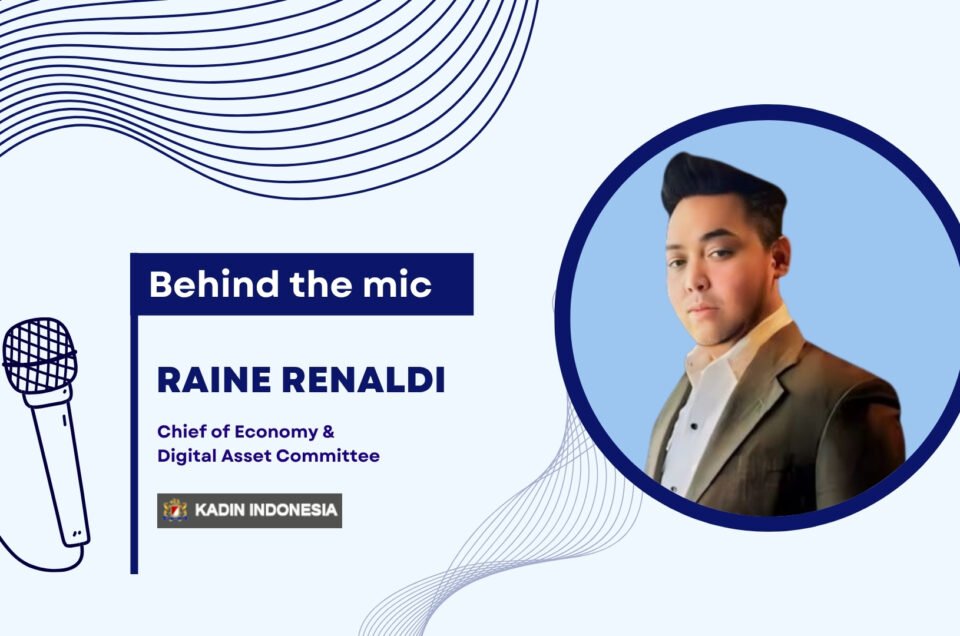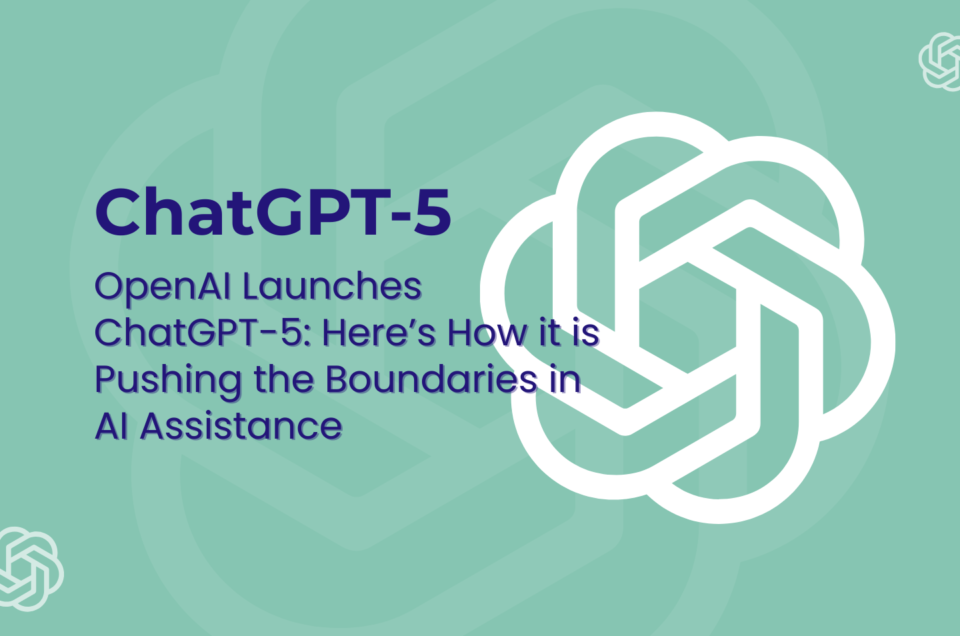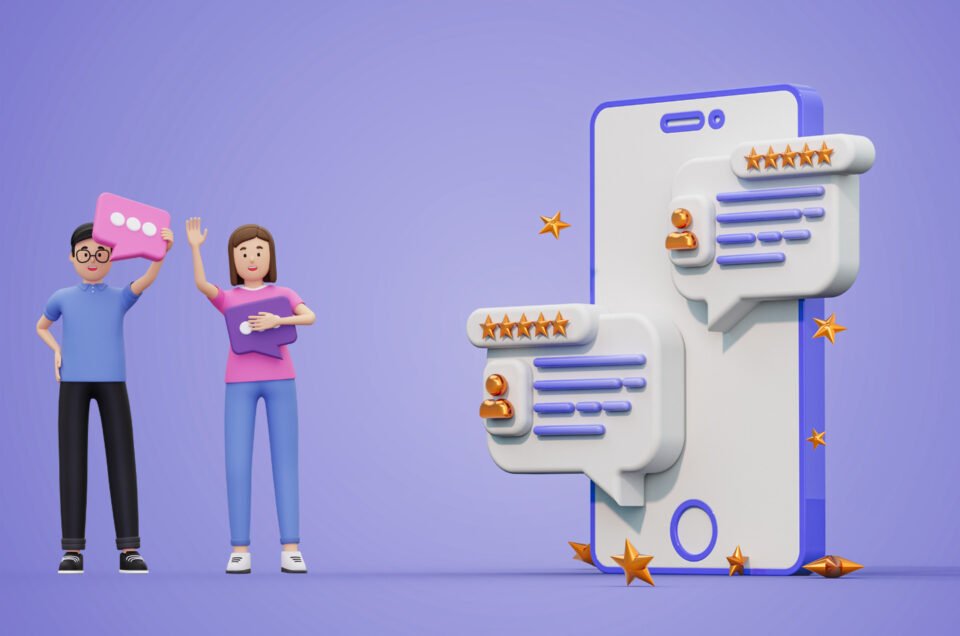Generative AI vs Traditional AI: Which is Driving the Biggest Change?
Artificial Intelligence (AI) is developing faster than ever before. The dialog between generative AI and traditional AI is reshaping industries and strategies and transforming the way humans interact with machines, as it already gives a more engaging conversational experience. Both generative AI and traditional AI will be involved in the future of conversational AI, but will differ significantly.
What is Traditional AI
Traditional AI is about taking data, discovering patterns, and classifying or making predictions using pre-defined logic of some type. Traditional AI is best suited for structured, repetitive problems or tasks. For example, earlier generational chatbots were “rules-based” models, responding only to specific requests or words.
Traditional AI functions for automation, fraud detection, and recommendation systems. It has been successful in structured environments driven by data and logic but does not have creativity and flexibility and therefore produces a predictable, limited conversational experience.
Characteristics of Traditional AI
- Utilises historical or labelled data
- Functions within specific parameters
- Reportedly performs well on structured tasks and analysis
- Limited personalization features in chatbot solutions
The Emergence of Generative AI
Unlike rules-based AI, generative AI creates text, visuals, code, or even dialogue based on modeled observed behaviors from large datasets. In conversational AI, generative AI gives the ability to power chatbots that write, speak, and answer almost like humans do.
With generative AI, a chatbot can write a response in natural language, decipher tone, and even write the contextually appropriate content. It indicates a shift from answering questions to a meaningful dialog — a true game changer for brands that want to create a personalized conversational experience.
The key differentiators of Generative AI
The key differentiators of Generative AI are:
- Creatively and adaptively generates response
- Provides better tone and context to conversational AI
- Improves customer engagement through personalization
- Provides a new concept of innovation with AI across industries
Which Is Driving the Biggest Change?
The real shift is in AI innovation, as generative AI and traditional AI are inherently linked. Traditional AI provides the data insights, while generative AI builds upon that insight to make new ideas and create new content.
Take chatbot technology, for example. Traditional AI helps categorize and analyze customer queries, while generative AI provides the capability to generate intelligent responses to improve the conversational context. As a generative and predictive AI system, they are changing how businesses use conversational AI to communicate, automate, and build trust.
The combination of both approaches allows organizations to graduate from simple automation to creative collaboration between humans and machines – truly the next phase of AI innovation.

Conclusion
Moving from traditional AI to Generative AI represents one of the most significant advances in AI and machine learning innovation. Both AI technologies will redefine conversations, provide enhanced chatbot capabilities, and develop the next generation of conversational AI even smarter and more human-like. Companies that combine both approaches can lead the next phase of digital transformation.
FAQ's
What is the main distinction between generative AI and traditional AI?
Generative AI generates new content and ideas whereas traditional AI analyzes data and produces rule-based predictions.
How does generative AI enhance the conversation?
Generative AI allows chatbots to produce personalized, natural responses, making the user experience role more engaging and human-like.
Is traditional artificial intelligence important in today's context?
Yes, traditional artificial intelligence is still very relevant for structured tasks such as data analytics, forecasting, and process automation purposes on a practical scale.
How does generative AI add value to conversational AI experiences?
Generative AI adds value to conversational AI experiences by creating responsive dialogue, emotional tone detection, and context based understanding.
What are the largest industries using generative AI?
Generative AI is found in marketing, education, customer support, healthcare, and entertainment industries.
Can generative AI fully replace traditional AI?
No. Both types of AI operates under a complementary definition — generative AI is creation-based, while traditional AI focuses on ensuring truthfulness and logical accuracy.
What type of role does a chatbot represent in this evolution of AI?
The chatbot represents the more practical utilization of AI — developing customer engagement with a combination of traditional logic and generative creativity.
How can the two different types of AI be combined effectively in business?
By utilising traditional artificial intelligence for data processing and generative AI for creating content, or conversing, on chat-based artificial intelligence platforms.
What are the risks of generative AI?
Some potential risks include data bias, misinformation, and the lack of transparency in how the content was generated.
What does the future hold for AI innovation?
The future is pointing toward hybrid systems — traditional AI and generative AI joining for smarter, ethical, and human-centered technology.



